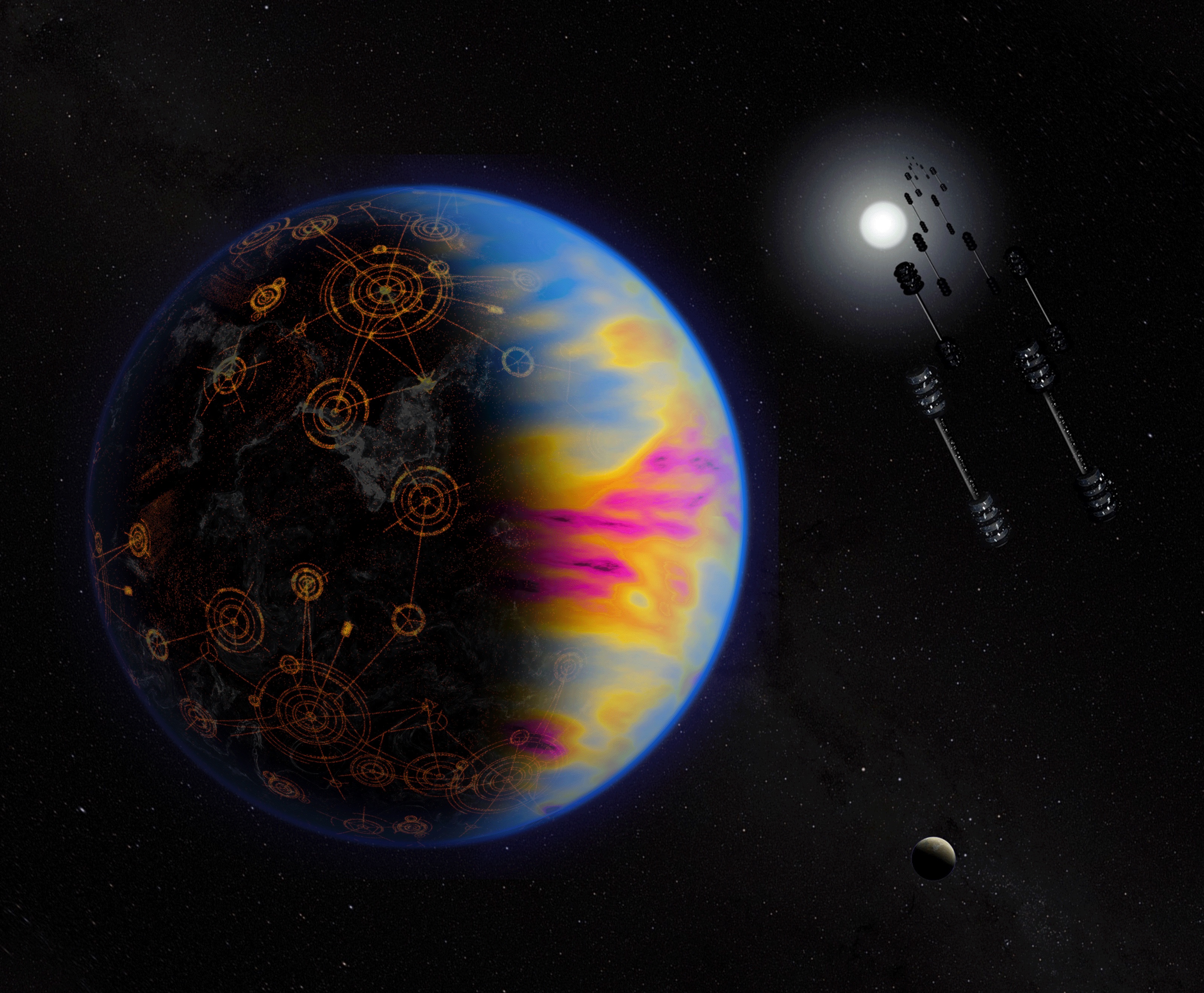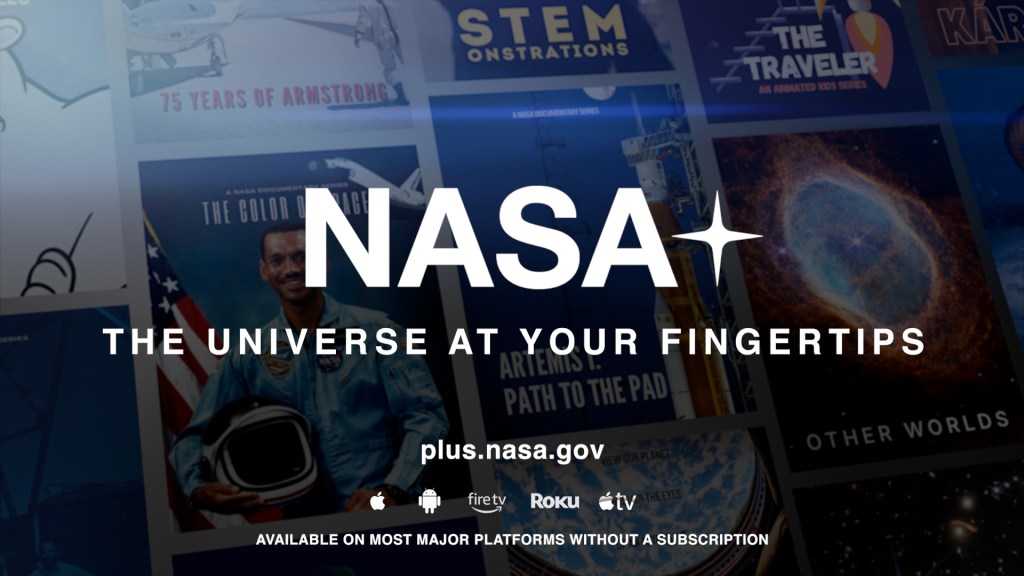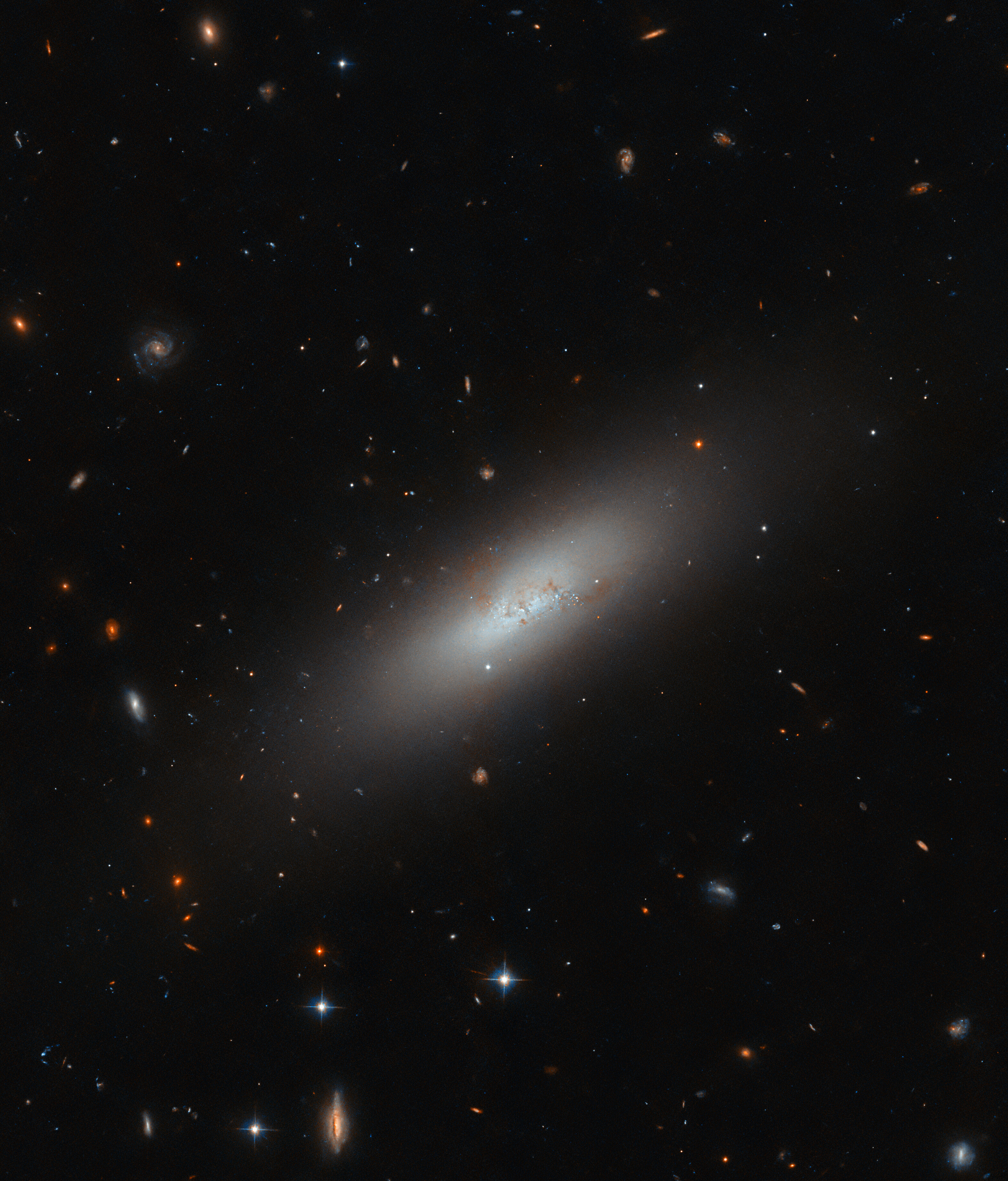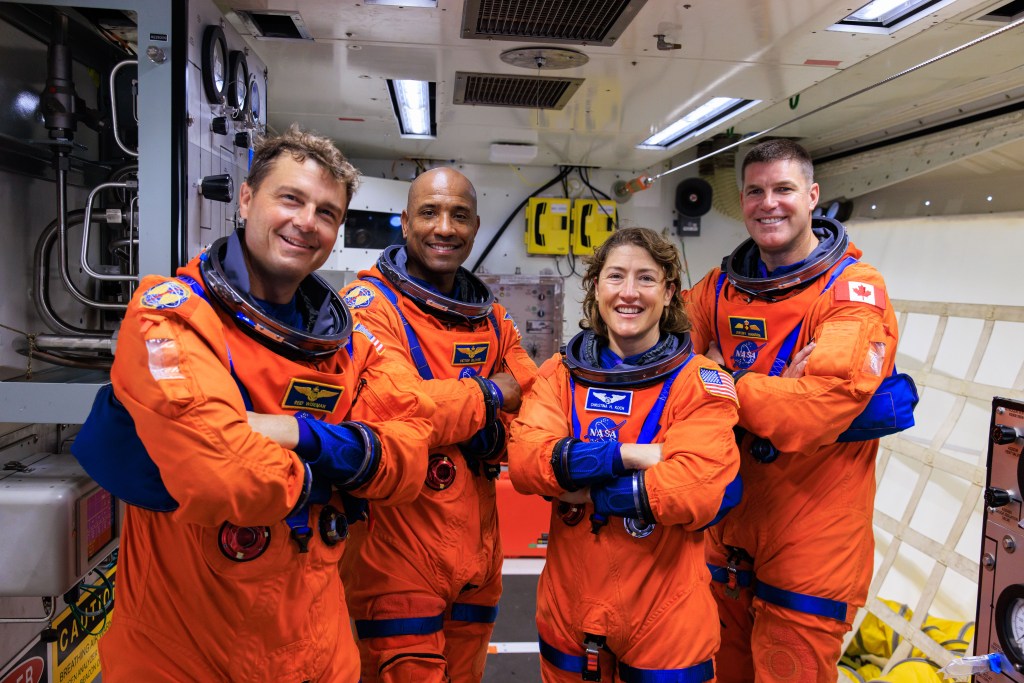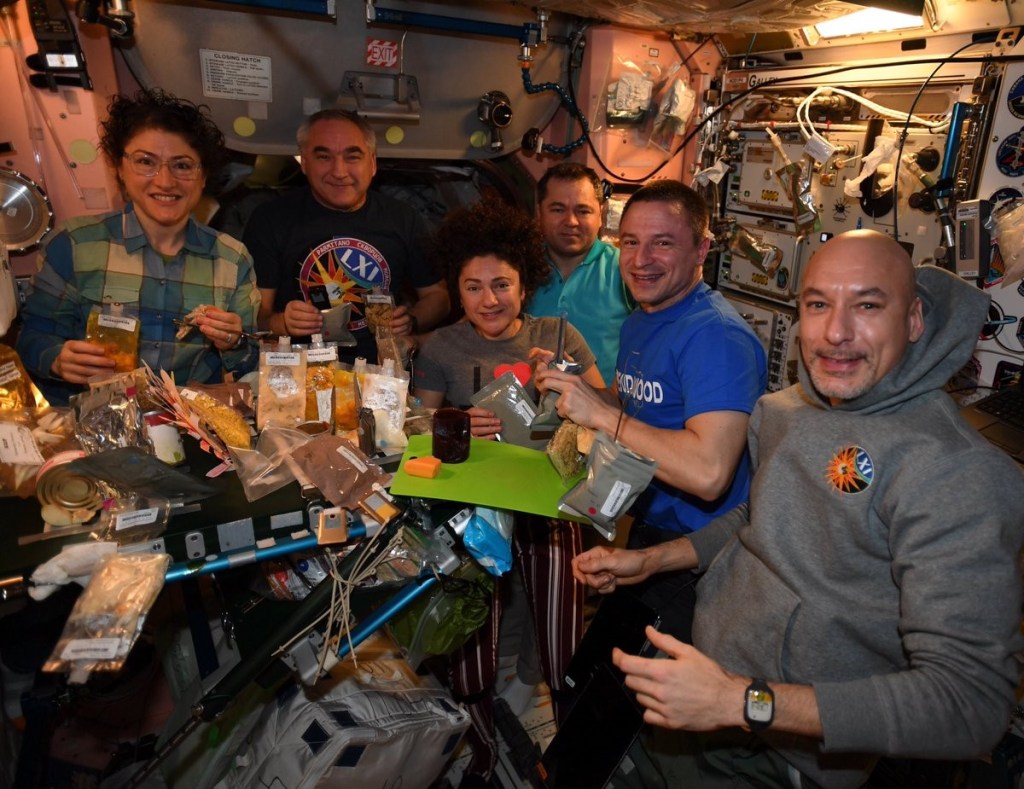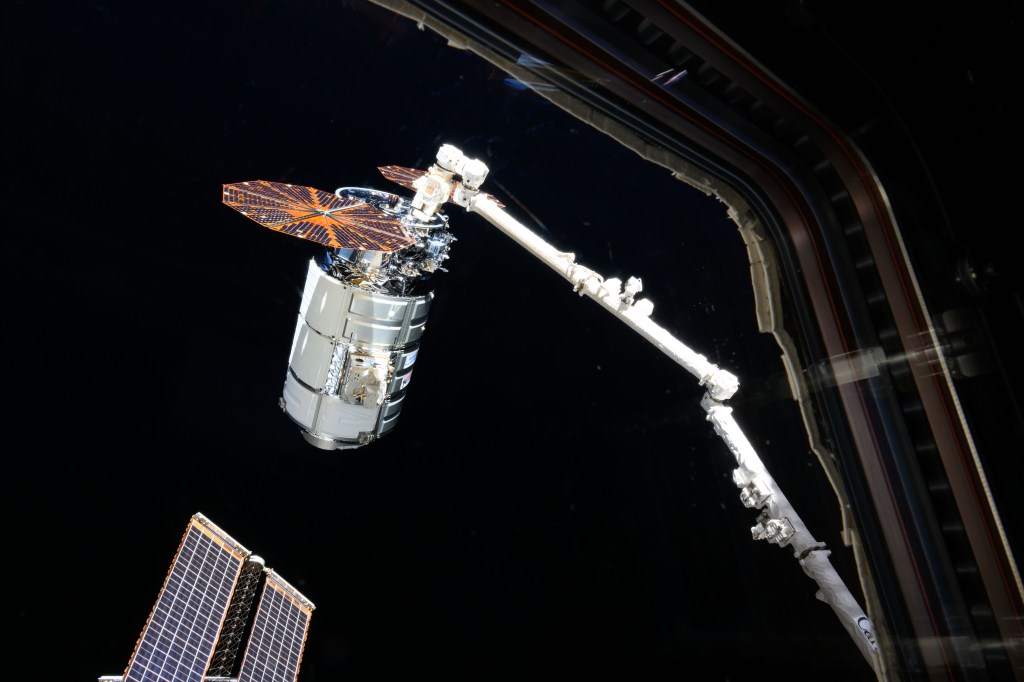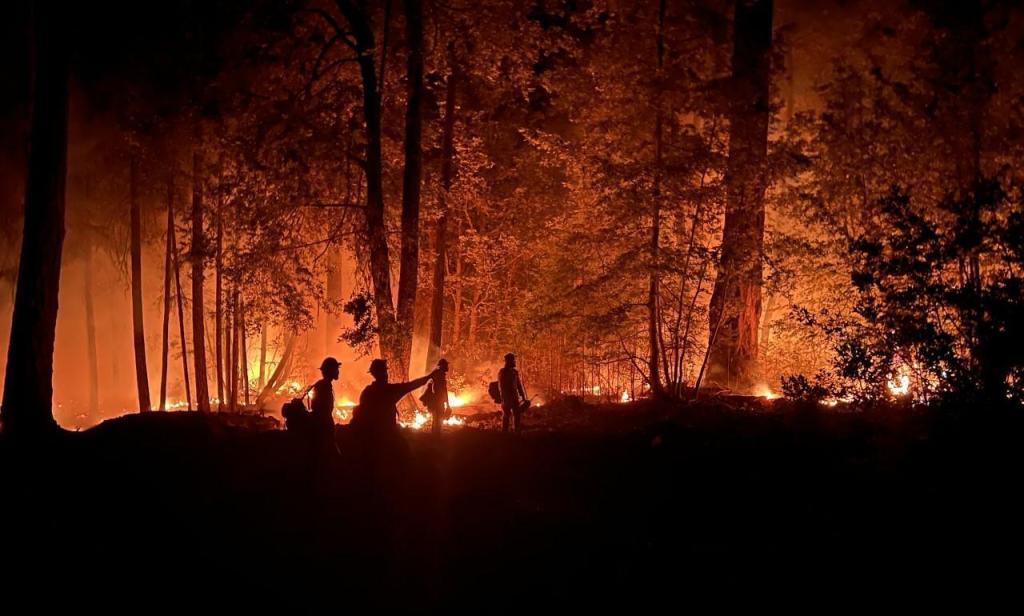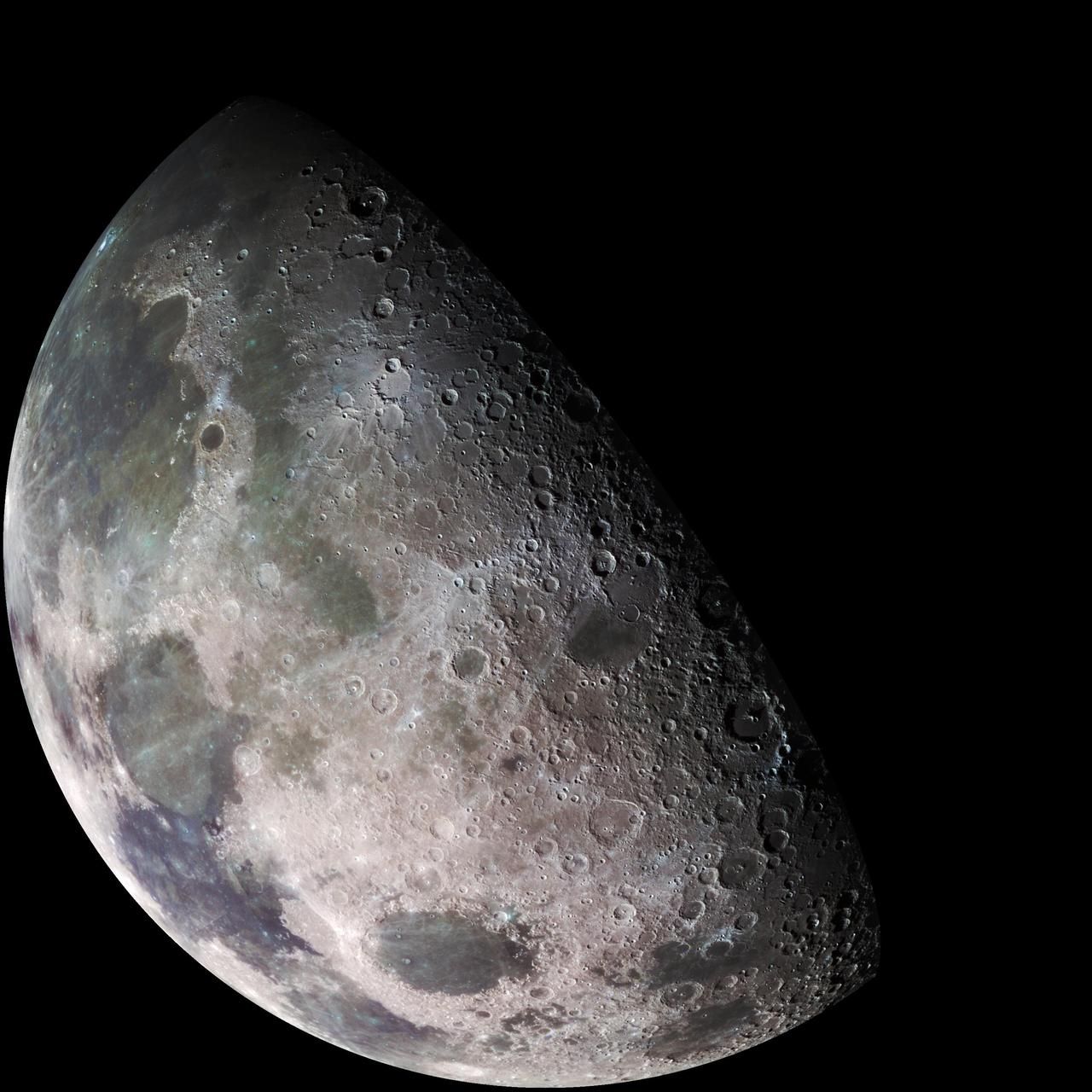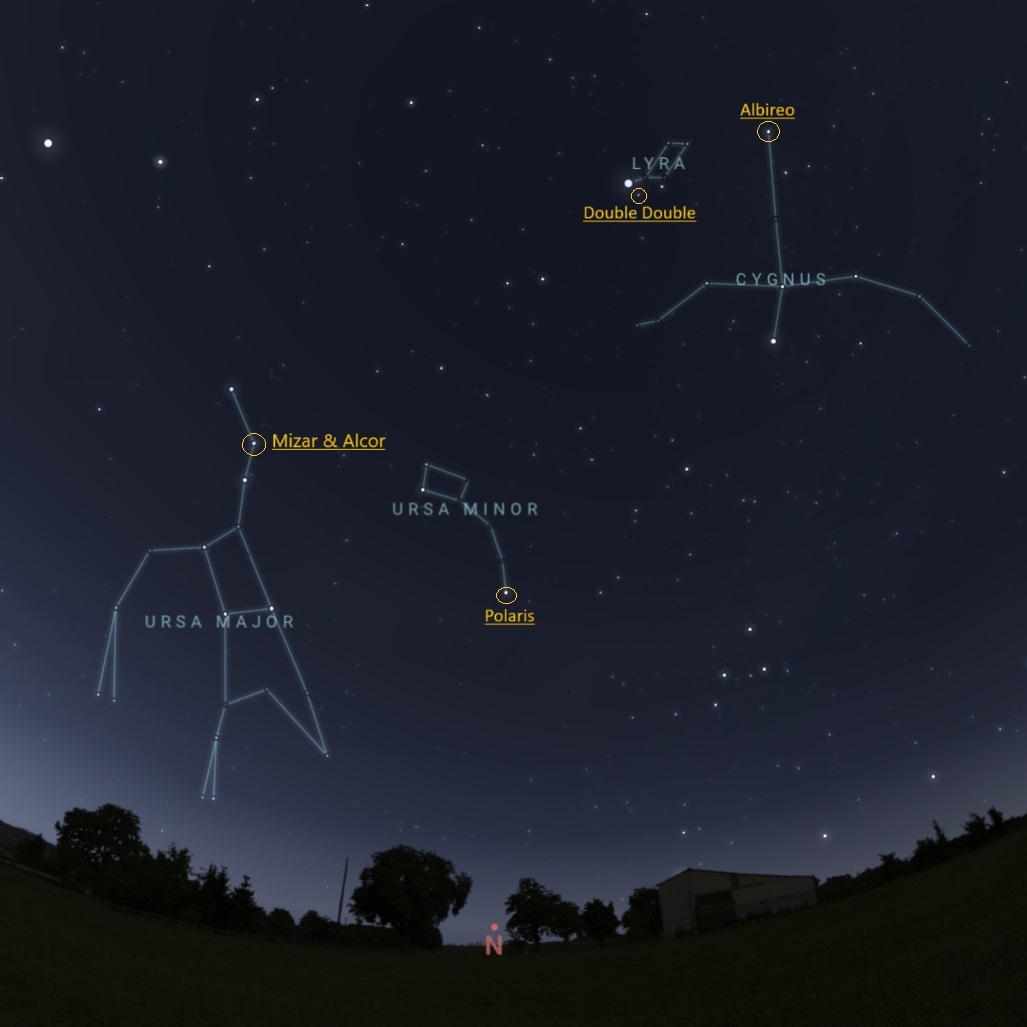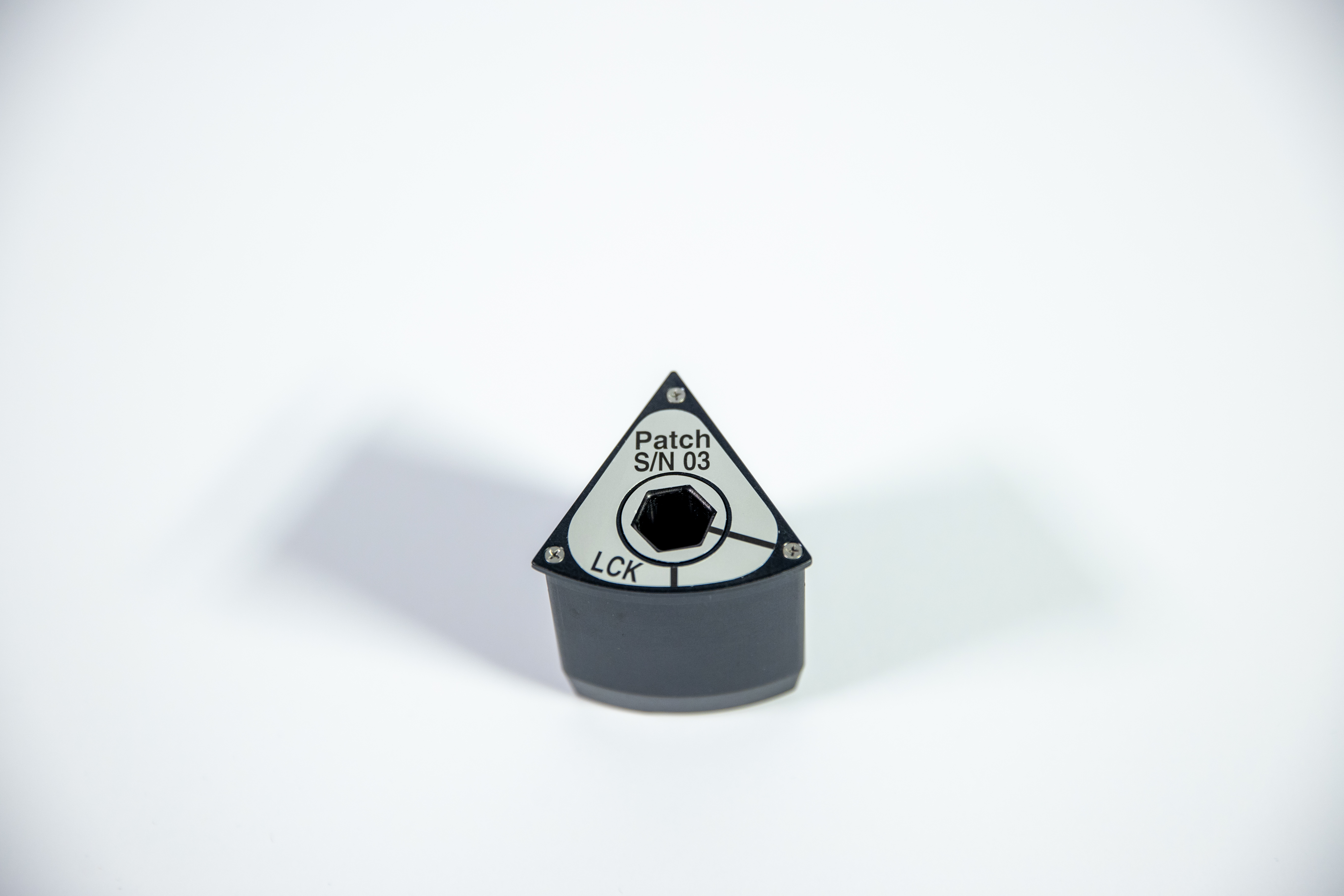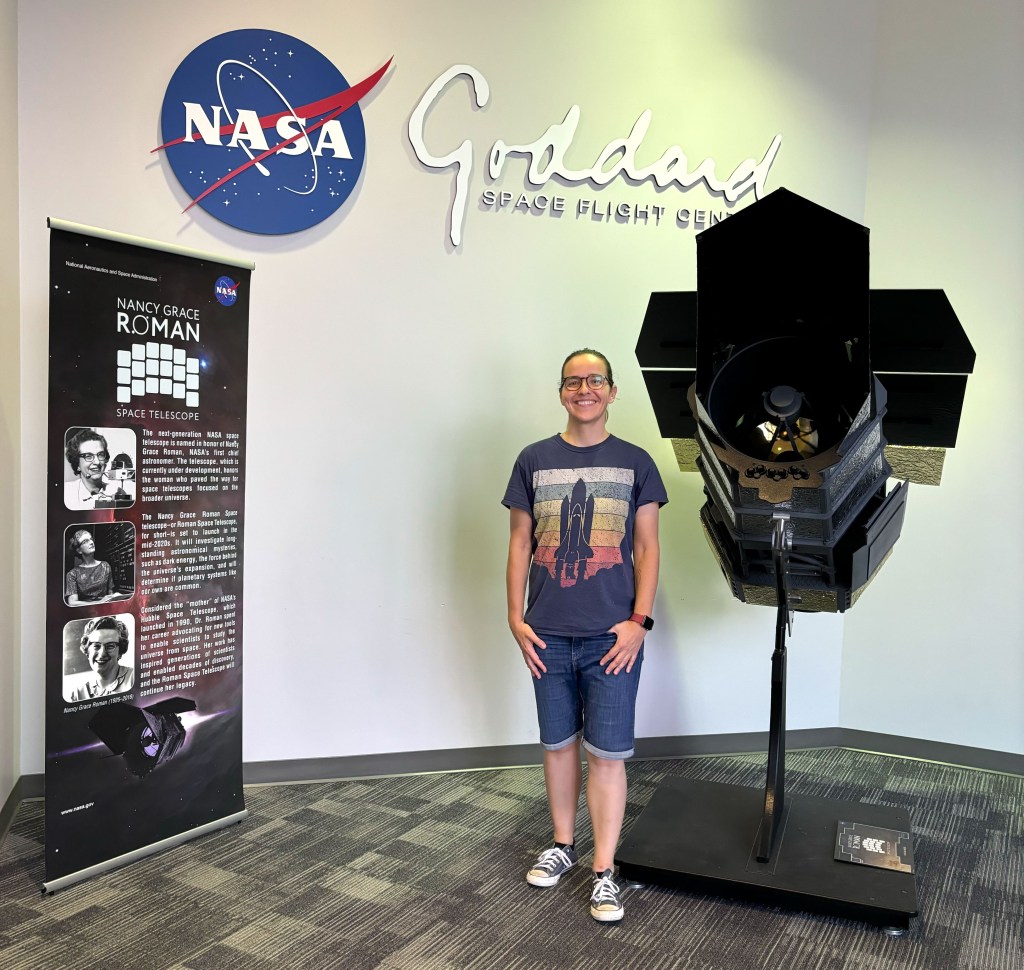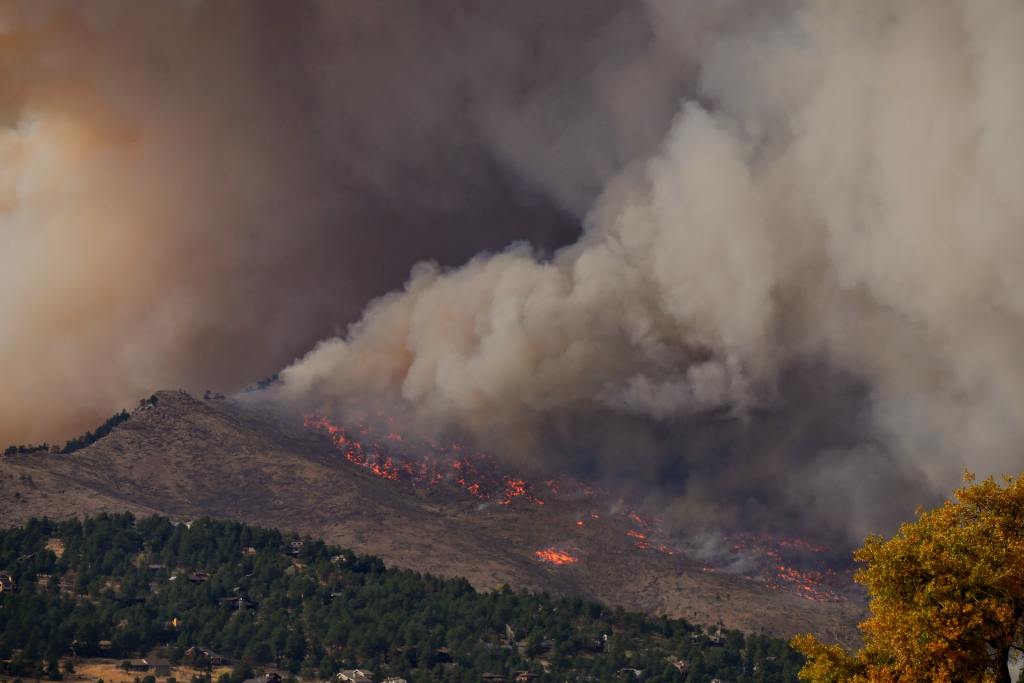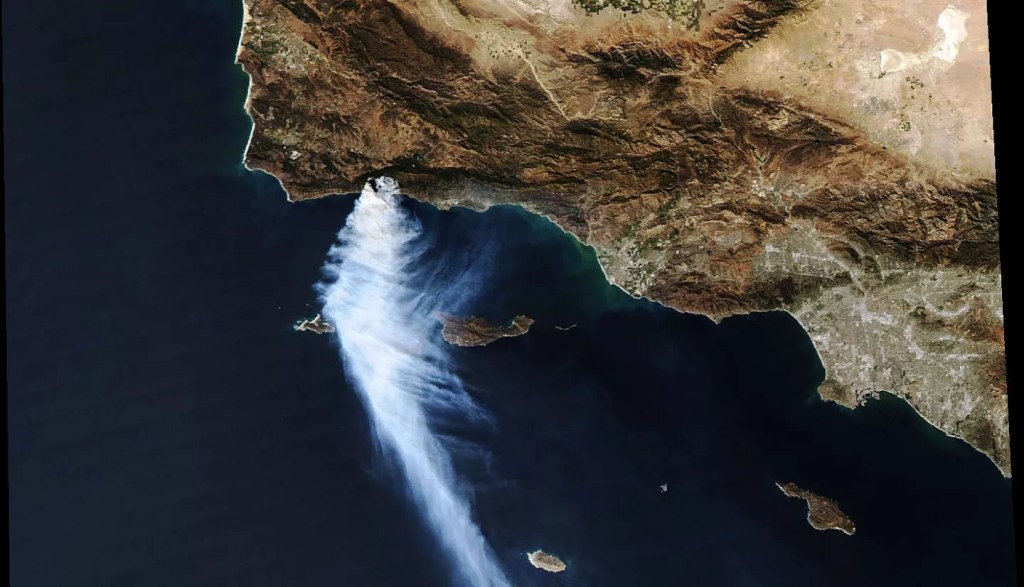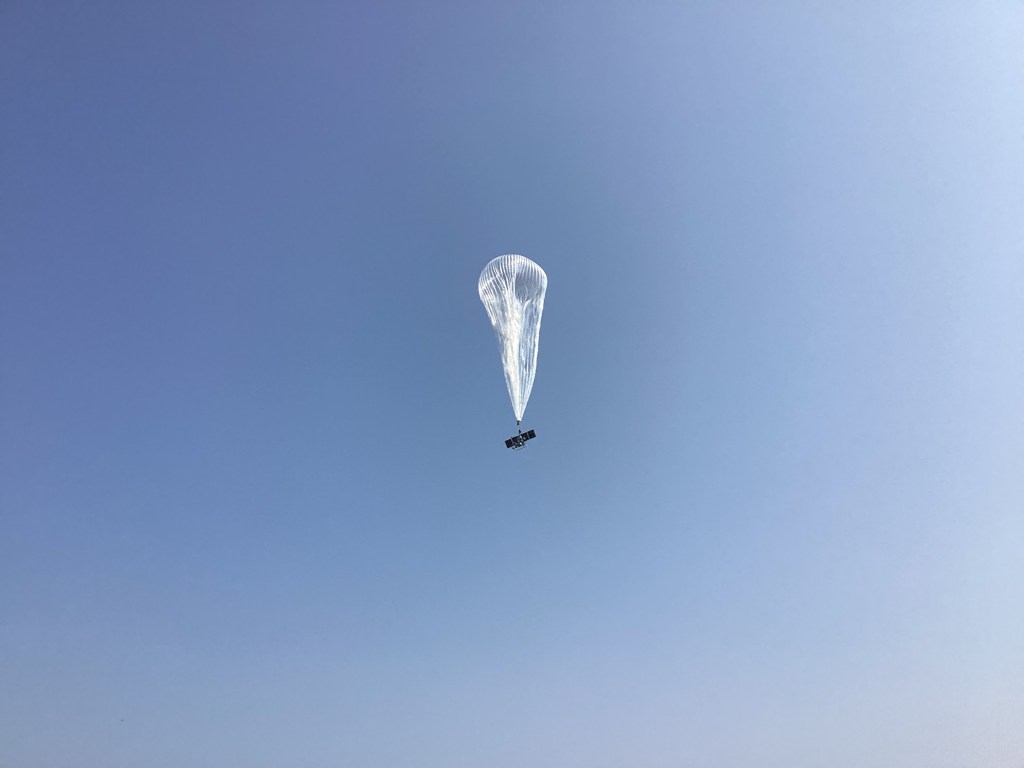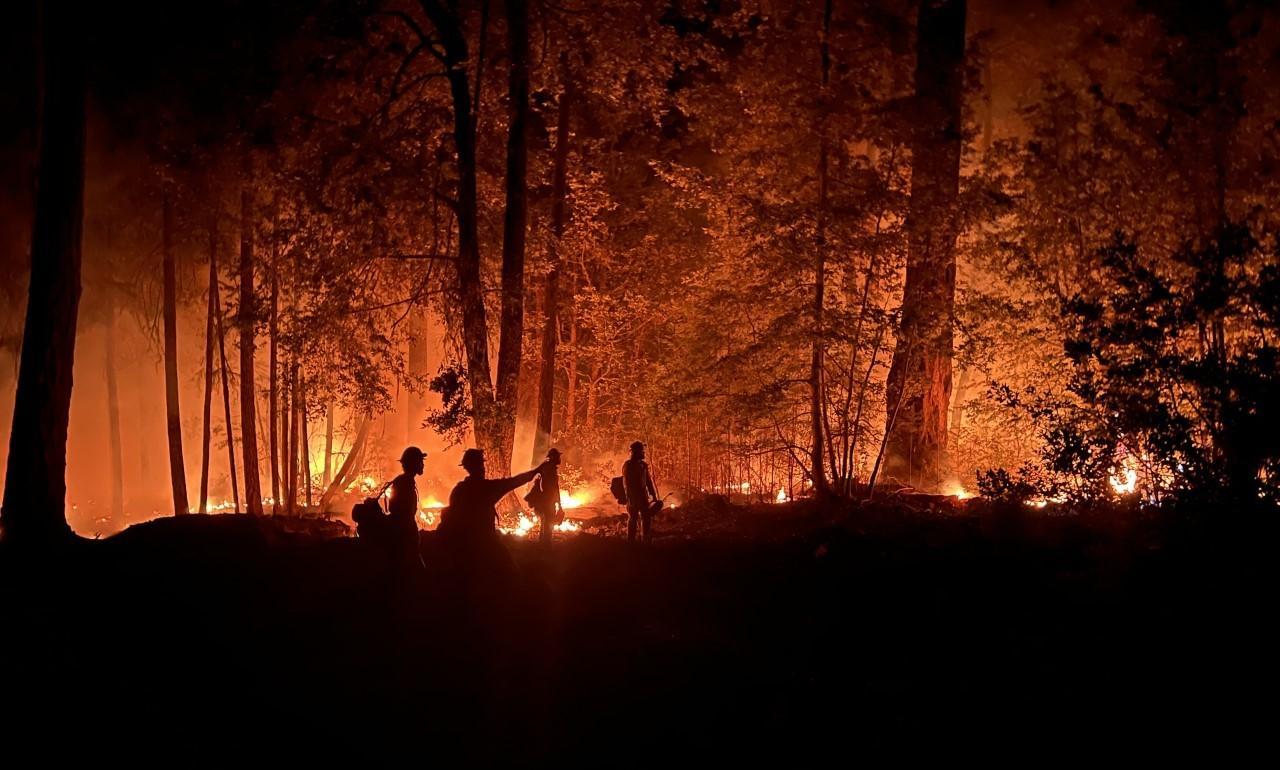
Improving Firefighter Safety with STRATO
FLIGHT SUMMARY
NASA researchers, the U.S. Forest Service, and Sioux Falls-based high-altitude balloon company, Aerostar, have teamed up to provide cell coverage from the stratosphere. The STRATO (Strategic Tactical Radio and Tactical Overwatch) technology is expected to be tested aboard Aerostar’s Thunderhead high-altitude balloon over the West Mountain Complex fires in Idaho in August 2024. The system aims to provide persistent cell coverage from the stratosphere, enabling real-time communication between firefighters and command posts. It also uses an infrared sensor to provide valuable heat and spatial information to help them better understand the fire’s characteristics.
Researchers plan to evaluate the feasibility of using a stratospheric platform to deliver critical information to first responders on the ground. This flight test — supported by NASA’s Flight Opportunities program and the Earth Science Division Airborne Science Program — not only offers immediate benefits to U.S. Forest Service wildland firefighters but is also expected to contribute to several long-term NASA research efforts in science and aeronautics.
flight provider
Aerostar
Flight Test Platform
High-altitude balloon
Expected LauncH
August 2024
locations
West Mountain Complex, Idaho (Launching from Baker City, Oregon)
“A firefighter needs a variety of tools like golfers need different clubs in their bag. We’re using push-to-talk devices, ground-based cameras, fixed-wing aircraft, and satellites. That’s a lot of clubs, and they all serve a purpose. Just like you need to choose the right club for your shot, you need to use the appropriate technology for your need, and they all work together to accomplish a task. We’re hoping STRATO will give us another club we’ve been needing — that is, persistent, long-duration communications to connect to a variety of devices where and when we need it.”
Sean Triplett, U.S. Forest Service
NASA, U.S. Forest Service, and Industry Test Cell Tower in the Sky
About the Payload
Challenges with line-of-sight radio communications in rugged terrain and limited cell phone coverage in remote areas hamper the sharing of critical information between wildland firefighters in the field and the incident command post miles away.
Designed to address these communications challenges, the STRATO technology combines a variety of sensors with two key connections to keep the incident command post in continuous contact with firefighters wherever they are in the field. First, a specialized LTE payload and antenna designed by Motorola Solutions is mounted on a gimbal, pivoting and rotating to maintain the signal between the Thunderhead balloon and firefighters. Second, Starlink (a division of SpaceX) and the Silvus broadband wireless system provide continuous communication between the balloon and the incident command post. These two elements provide a level of connectivity that has been missing in last-mile communications — that is, direct contact with wildland firefighters.
In addition, STRATO’s suite of sensors includes an infrared camera that collects heat, spatial, and other data to help characterize the fire. For firefighters in the air and on the ground, this is valuable information that is not currently available in near real-time.
Applications
Greater connectivity enables wildland firefighters to be safer and more effective because they can communicate in real time with each other and the incident command post. They could even use mobile phone apps that provide weather alerts, pinpoint their location, and more. If successful, STRATO will provide firefighters with tools that increase their situational awareness and boost their efficiency.
In addition to improving communications for firefighters, the STRATO flight test is expected to deliver results to several important long-term NASA research efforts in science and aeronautics. For example, STRATO could enable NASA’s FireSense Technology program to collect more scientific data to forecast emissions and air quality impacts from wildfires. For the Advanced Capabilities for Emergency Response Operations project, STRATO’s communications capability could help improve airspace management during rescue, imaging, and fire suppression flights.
Flight Test Objectives
Aerostar expects to maintain the position of its Thunderhead balloon system in the vicinity of the fires for approximately 7 to 10 days. This type of station-keeping flight profile allows researchers to evaluate the technical, operational, and financial feasibility of using stratospheric platforms to continuously push critical information to the first responders on the ground — a goal Aerostar has been pursuing for several years.

A Team Effort
Many organizations are participating in this effort.
Federal Agencies
NASA’s Ames Research Center and Flight Opportunities program
U.S. Forest Service, National Interagency Fire Center
National Park Service
Federal Emergency Management Agency
U.S. Department of Defense
State/Local Agencies
CAL FIRE (California Dept. of Forestry and Fire Prevention)
City of Corona, California Fire Department
Colorado Center of Excellence for Advanced Technology Aerial Firefighting
Commercial Companies
Aerostar
Motorola Solutions


